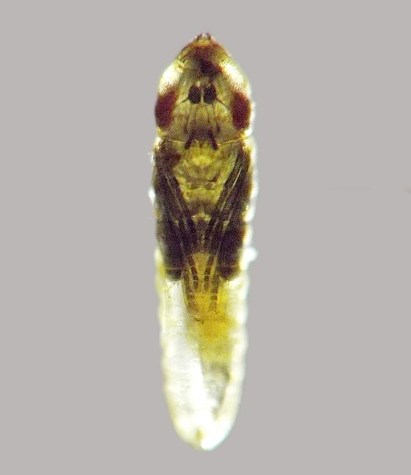Some endophagous insects from the Upper Midwest, USA
by J. van der Linden

Attention website visitors
Welcome to this site, where I intend to share some of the results of my entomological field research. If the information here ends up inspiring or informing your own investigations, please get in touch to tell me about it! If you end up publishing your work that was informed or inspired at least in part by this website, I'm asking for an honest and clear public acknowledgment of the role this website played in your efforts, preferably contained in your published work itself. Even if you're simply publishing on iNaturalist, or a blog post, or something like that, I'm requesting a few words of acknowledgment in the event that my work was somehow significantly involved (directly or indirectly) in helping bring yours to life. If the text of such a work of yours refers directly to information gathered from this website, please cite the source using a standard citation format (see template below).
If you are an administrator of or contributor to a website or similar compilation that aggregates biological information from various sources, and you wish to include information from this website in your project, I ask that you contact me to tell me about what you want to do, even if you do not want to reproduce text or images. Please note that the contents of this website are copyrighted.
Thank you,
J. van der Linden
(contact: j_vanderlinden on iNaturalist)
Citation
Please cite this website as:
Van der Linden, J. 2024. Some endophagous insects from the Upper Midwest, USA. Self-published Web reference. Retrieved [date] from https://insect-pages.github.io.
Acknowledgments
A. Williams and MJ Hatfield provided significant impetus to get me started in my research, including core ideas, practices, and inspiration, and MJ Hatfield has has been a close colleague, mentor, and friend. C. Eiseman has been another close colleague and advisor, as well as a significant inspiration; his self-published leafminers e-book has been a very useful assemblage of information, and he and O. Lonsdale have led efforts to handle and study many specimens, describe them taxonomically, and write up results. R. Gagné, T. Harrison, G. Hanley, E. Metzler, and D. Matthews have accepted, examined, curated, and/or identified many specimens. In addition to providing their published works which have been indispensable, R. Gagné and T. Harrison have also offered much information and assistance via email and/or phone correspondence. With Opostegidae, E. van Nieukerken examined specimens, arranged barcoding, and prepared and shared supportive documentation, and his published work along with that of D. Davis and J. Stonis was of great help in learning about these moths. The Illinois Wildflowers, Missouri Plants, Minnesota Wildflowers, and Vascular Flora of Iowa websites served as essential aids in the botanical side of things. With agromyzids I have leaned heavily on Spencer and Steyskal's 1986 manual. The BugGuide website has been an important resource, with users v belov, J. Carr, B. Zuparko, R. Hill, E. Chapman, and others providing identifications. Biodiversity Heritage Library and JSTOR offered free access to a number of important published works by many authors. M. Palmer and T. Feldman offered conversation, support, and space over the phone and/or online. I also owe a debt of gratitude to my past mentors, especially G. Bakko, G. Bauer, B. McLean, and W. Jones, for the ways they helped me down this path. Numerous individuals and organizations in charge of land holdings gave permission to collect insects on the lands they owned, managed, or oversaw. Family members and friends provided essential tangible and intangible support that greatly facilitated this project in a large variety of ways.